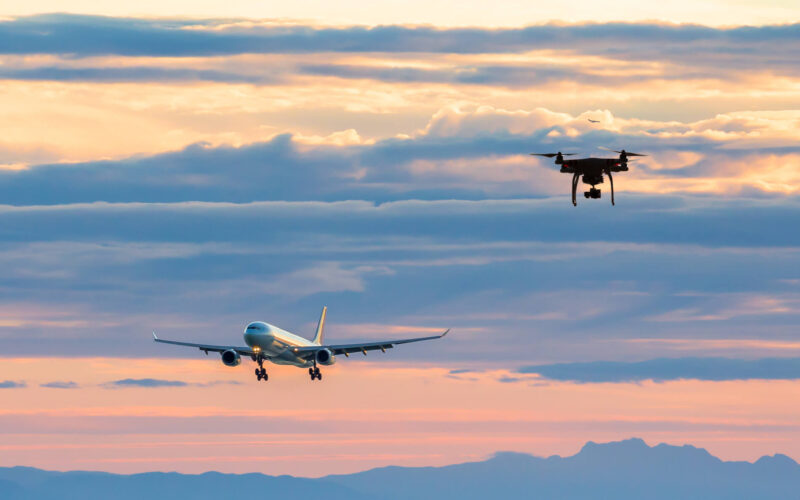The US Federal Aviation Administration (FAA) announced on March 2, 2021, it would deploy new technologies in five airports to test solutions that mitigate the risk posed by unmanned aircraft.
The tests are part of the FAA’s Airport Unmanned Aircraft Systems Detection and Mitigation Research Program. The airports selected are Atlantic City International Airport (ACY), New Jersey, Syracuse Hancock International Airport (SYR), New York, Rickenbacker International Airport (LCK), Ohio, Huntsville International Airport (HSV), Alabama, and Seattle-Tacoma International Airport (SEA), Washington.
At least 10 different solutions will be evaluated from later in 2021 through 2023, to eventually “create standards for future unmanned aircraft detection and mitigation technologies at airports around the country”. The exact nature of the systems evaluated was not disclosed.
The FAA was reporting over 1.7 million drone registrations and 203,000 certificated remote pilots in 2020. Throughout the year, 1,637 reports of unmanned aircraft sightings were submitted to the agency. While most of those sightings were harmless, air safety authorities remain concerned about the threat drones can pose to air transport.
In January 2019, drones caused a panic at London Gatwick Airport (LGW), United Kingdom, in the days preceding Christmas. The airport was closed for three days, creating a financial loss of several million pounds.
To respond to the safety problems that this flourishing hobby can pose, several companies developed countermeasures.
On February 3, 2020, Fortem Technologies received a contract through the Defense Innovation Unit (DIU) of the US Department of Defense. The Utah-based company offers a centralized system called SkyDome, which relies on an array of sensors, cameras, and radars to monitor the surroundings and identify potential threats. Integrated artificial intelligence is capable of differentiating a bird from a drone, and judging if the latter poses a threat or not.
The Israeli company Rafael also offers a centralized system, but with a different solution. Named DroneDome (in reference to the Iron Dome that defends Israel from missile threats) it relies either on a precise jammer or on a powerful laser. It was this system that put an end to Gatwick’s mayhem. It was also used in 2018 to secure the G20 Buenos Aires summit.

